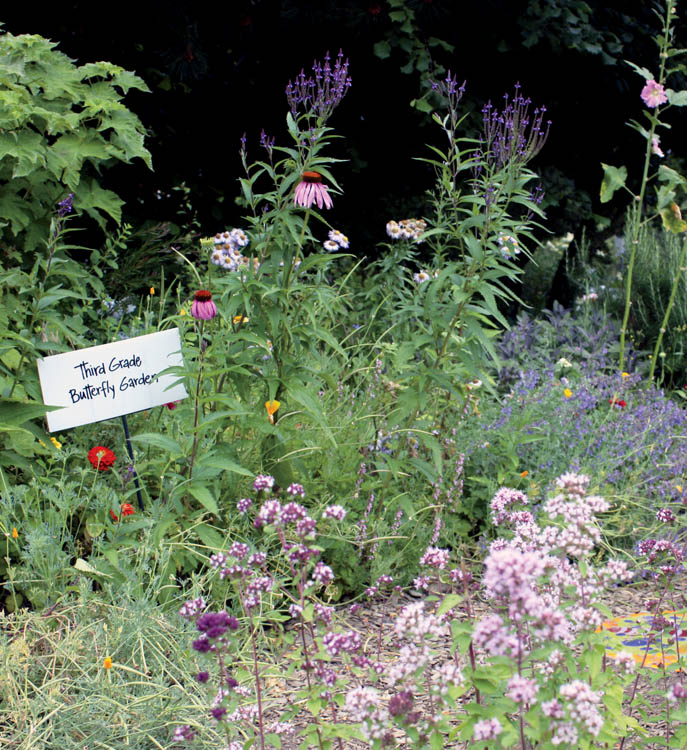
Pollinator-watching, like bird-watching, provides a unique opportunity to connect with nature in virtually any environment — from expansive western prairies to inner-city rooftops. Indeed, many of the world’s most notable invertebrate ecologists, such as E. O. Wilson, Bert Hölldobler, Tom Eisner, and Robert Michael Pyle, recount transformative childhood moments observing insects in vacant lots and on the edges of city sidewalks.
With fairly minimal efforts, landscapes from farms to urban spaces, school yards to golf courses can be enhanced to support diverse insect communities, bringing the enjoyment of pollinator watching to young and old alike. Simple decisions about selecting plants, providing nest sites, minimizing disturbance, and reducing pesticides can make a dramatic difference between a green, manicured, but lifeless landscape, and one that teems with the color, energy, and life of buzz-pollinating bumble bees, rapidly dashing hummingbird moths, and busy nest-building leafcutter bees.